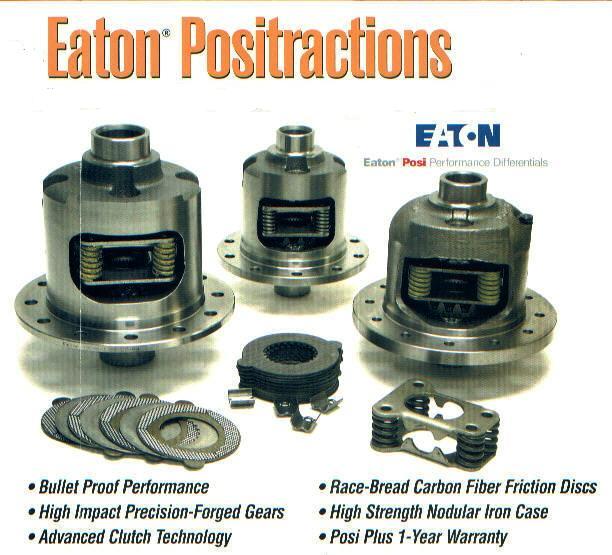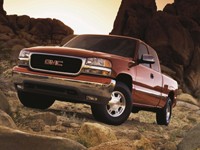

Eaton Corporation's Automotive Group is a world-class manufacturer of highly engineered automotive components. Its Torque Control Products Division is the world's premier supplier of traction modifying differentials, while also producing viscous torque converter clutches and power steering pumps. Located in historic Marshall, Michigan, we supply the world's top automotive manufacturers with not only premium products that pass the strictest of quality and performance standards, but also with impeccable customer service and technical support.
Currently, we are the world's largest independent producer of differentials providing traction enhancement solutions to OEMs and the aftermarket. We are leveraging our strengths of technology, vehicle and traction dynamics, and industry expertise, to expand into new and emerging markets. Since we keep an eye well-focused on the needs of our customers and the latest available technologies, we are well positioned to be a leader in future markets as well.
The Eaton Advantage - What Makes Our Locker The Best…
The Eaton locker sets you apart from every other vehicle out there. Its strength, durability and toughness give you traction when you need it, to get out of the worst situations.
Perfect in any conditions, the locker shines when the going gets nasty. When the traction is good, the locker functions as an open differential. But, when the traction disappears, the locker automatically kicks in, locking the rear wheels together and sending power to both. The result? You and your truck keep moving when everyone else is standing still.
In short, the Eaton locker IS the difference between following the trail and making one…
Just What Exactly is a Differential?
Good question. A differential is in place - usually in the center of the axle housing - to allow one wheel to rotate faster than the other. Why?
 |
Well, think about turning a corner…
In a turn, the inside wheel turns a lot slower than the outside wheel. That's because the outside wheel goes farther; it's turning a larger arc or circle than the inside wheel. So, there has to be something in between the two wheels that let's them turn at different rates. The differential.
For the most part, this is a good thing. But, there are times when it can cause problems. For example, slippery surfaces. Remember, driveline torque -- like electricity or a good running back -- takes the path of least resistance.
So, if your drive wheel is slipping, say on ice or snow, where do you think the driveline torque is going to go? Right. And that means you're stuck…
Unless of course you're running an Eaton Posi or locking differential. What are they and what's the difference between the two?
![]()
Eaton Posi? Locker? What's up with that? Seems you'd expect an Eaton Posi system to provide positive traction under any conditions, right?
Well, sorta…
And a locker? Seems a locker should be a differential with the axles locked together all the time… Makes sense, right?
Again, sorta…
Obviously, you can't have the rear axles locked together all the time. That would make turning a corner pretty tricky. And Eaton Posi? Well, keep in mind that's our trade name for the finest "limited slip" differential available on the planet.
Basically, the difference between the two is this: A limited slip differential sends power to the non-drive wheel based on input torque; that is, power coming to the axle from the engine.
So, when high torque comes to the differential and both wheels are on a high traction surface, like a drag strip or country road, and high torque is delivered to the axle, the clutch pack clamps the gears to the differential case. This clamping action is in proportion to the torque delivered. The higher the torque, the higher the clamping load.
The idea here is to prevent wheel slip -- at either wheel -- in the first place. If one wheel starts slipping before the other, the clamping force drops in proportion to the torque delivered to the slipping wheel.
The whole point of the torque sensing limited slip differential is to reduce the likelihood of wheel slip.
The locking rear differential locks the drive and non-drive wheels together based on wheel slip at the drive wheel, regardless of engine power input.